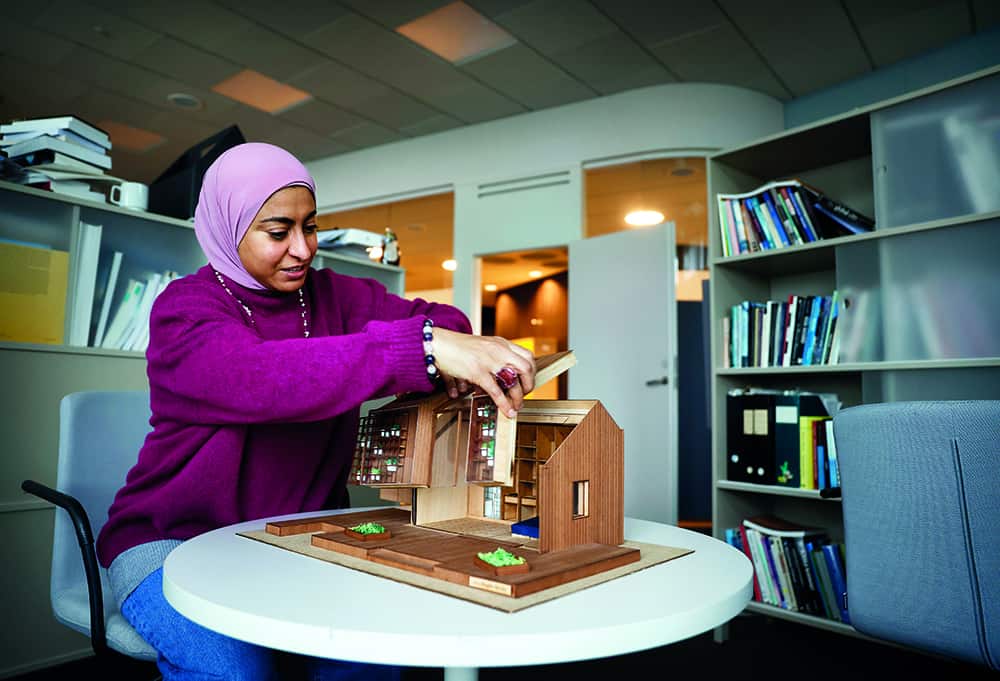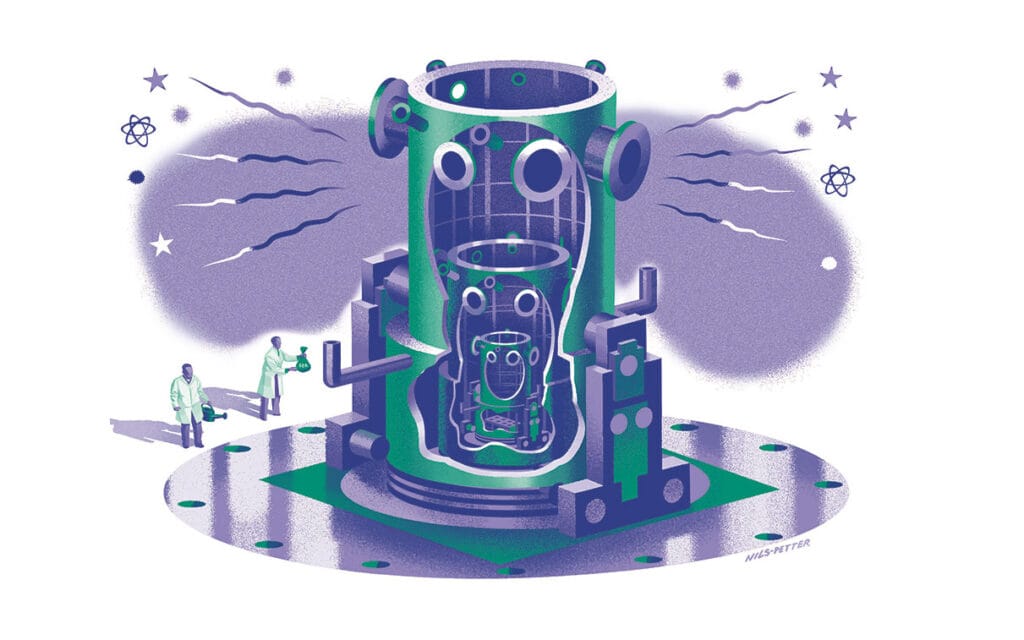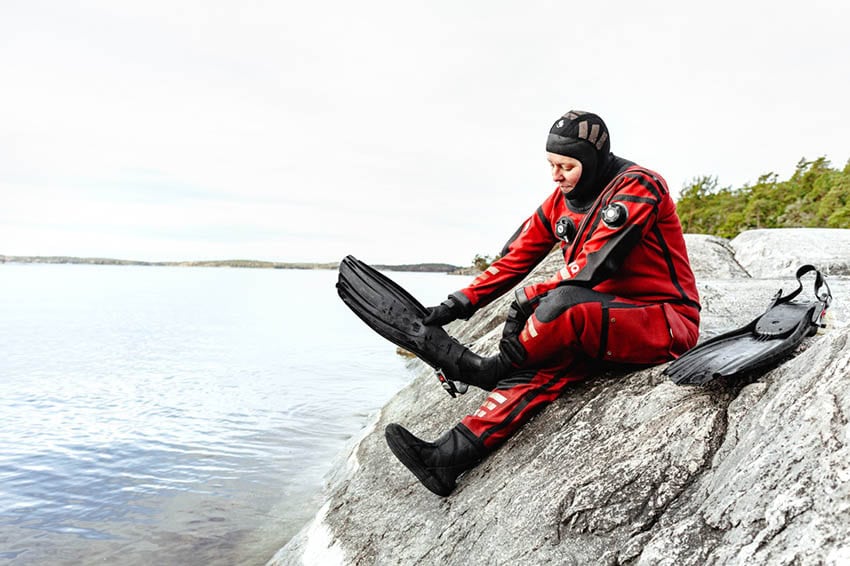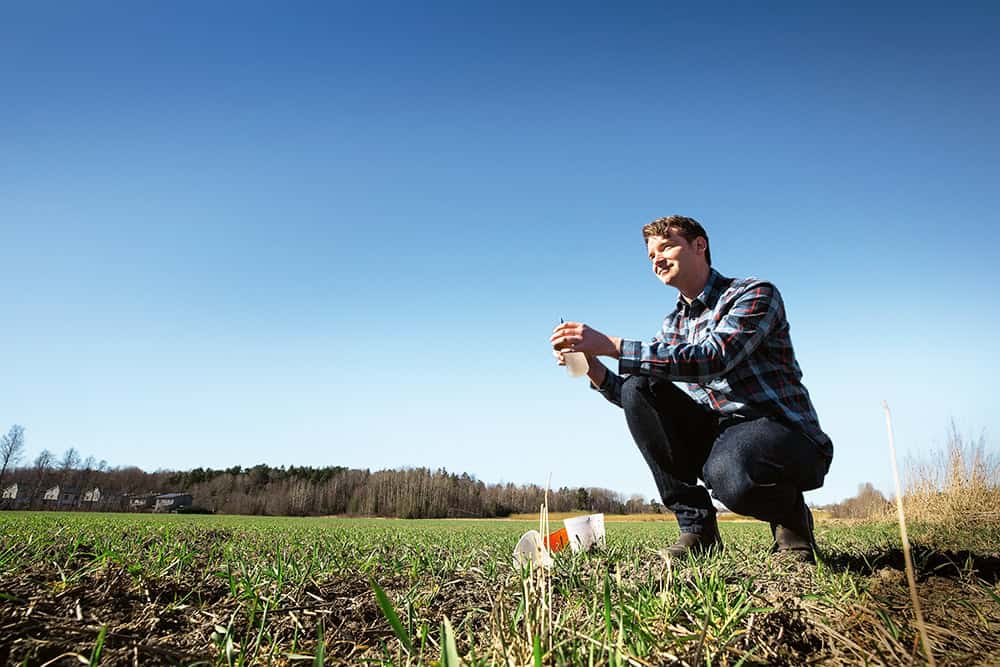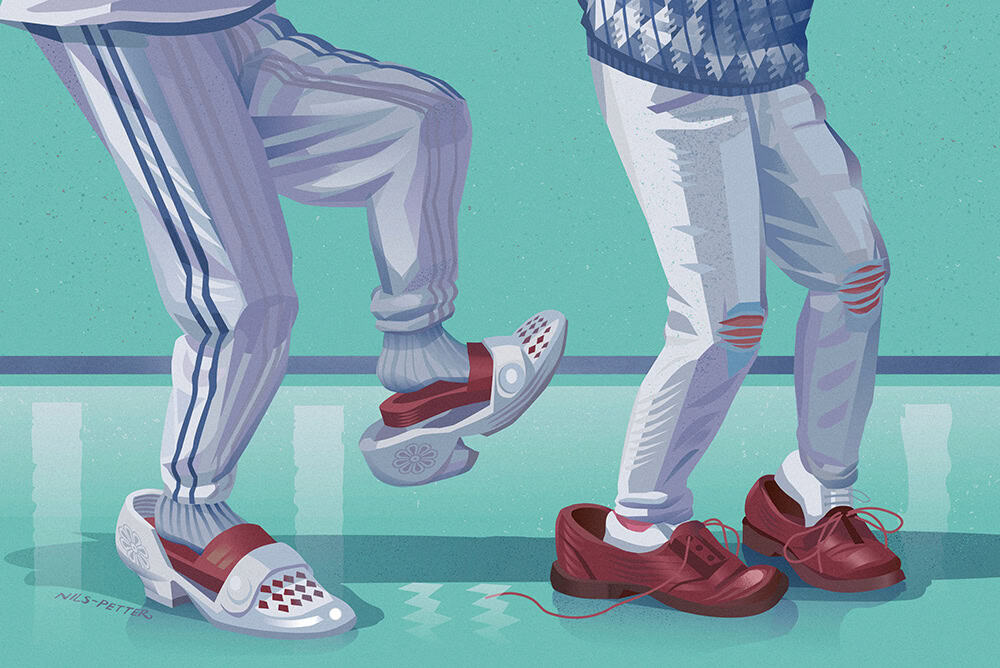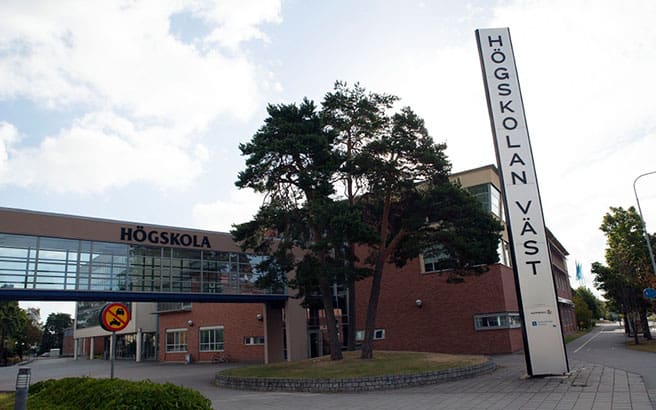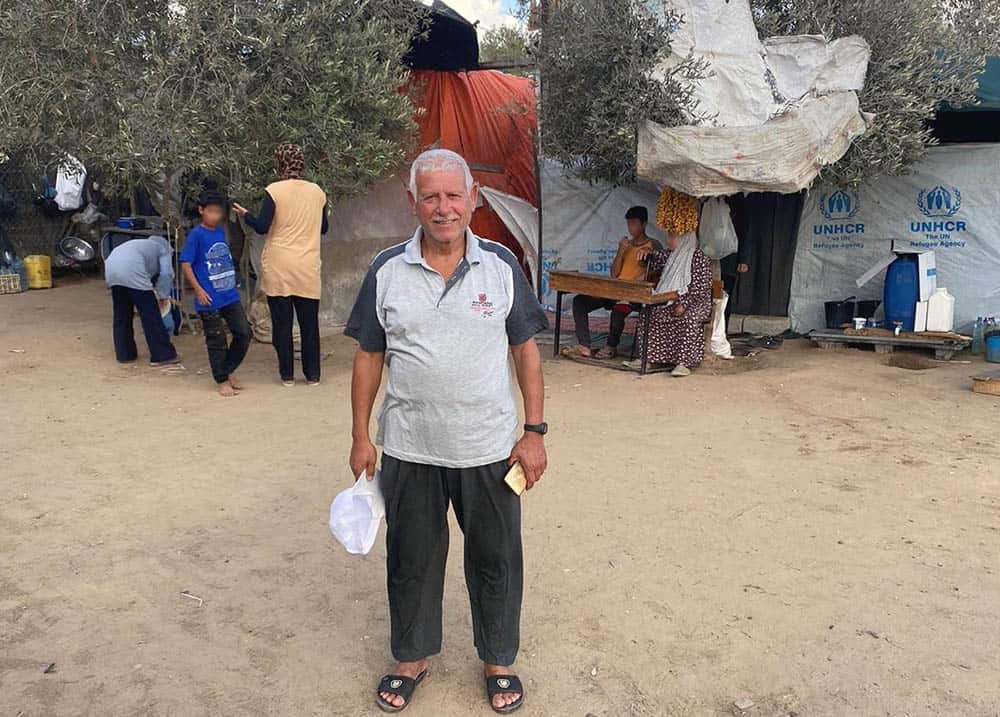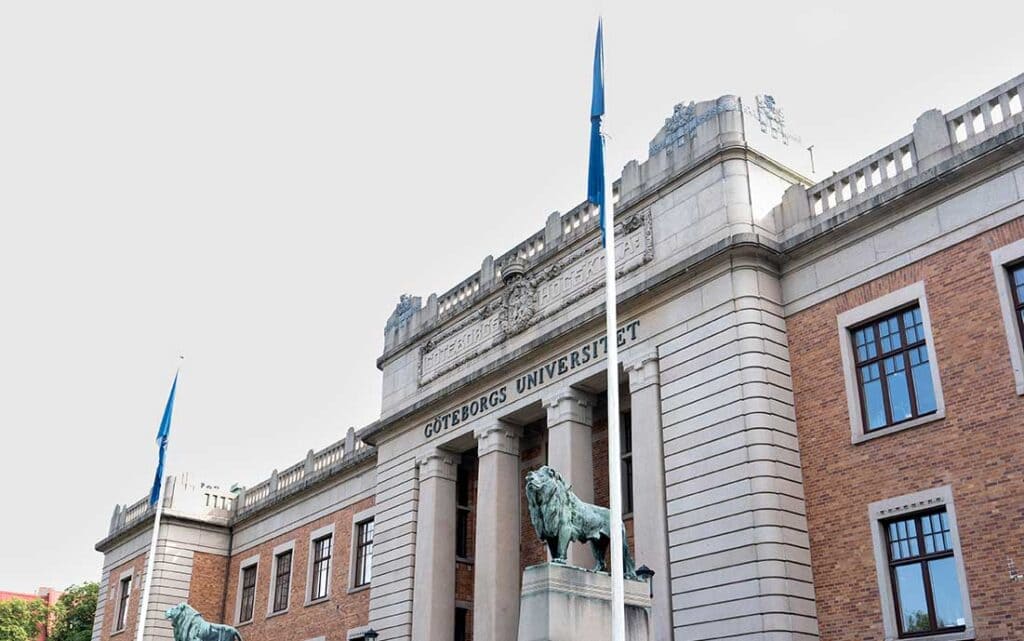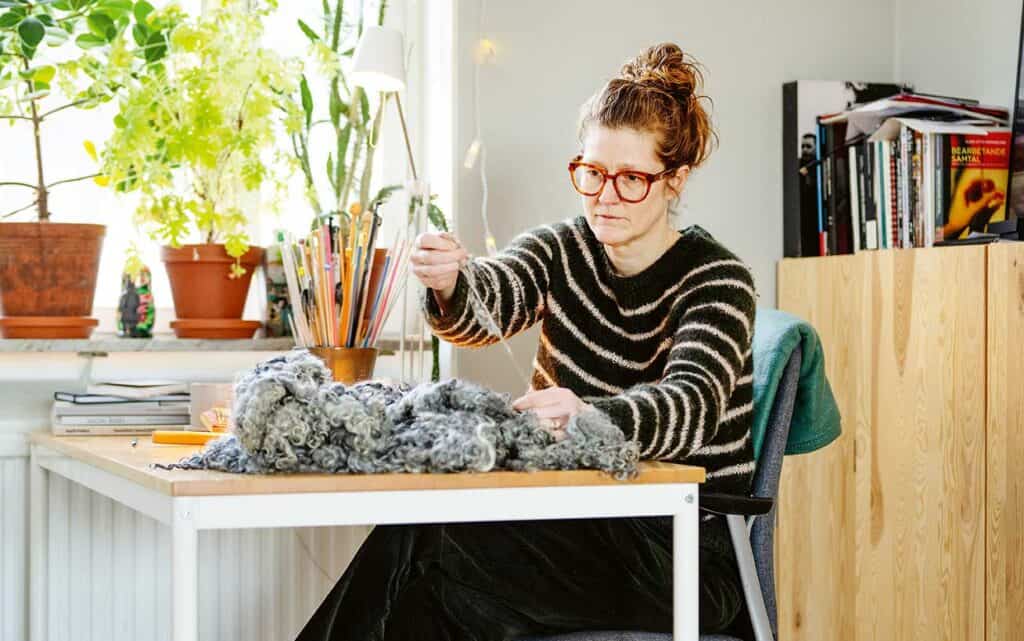Marwa Dabaieh is showing us part of a cooling system in clay that she is currently working on. The idea is that it should be used in houses and apartments that need to be cooled on hot summer days.
“I came up with the design when I looked at how the upper part of a hookah is constructed,” she tells us.
The system does not require electricity, but uses the laws of aerodynamics and natural materials. This is how Dabaieh prefers to work.
One of her areas of expertise is passive cooling.
“We aim to achieve a temperature difference of ten degrees with the help of the system. Right now we have achieved six degrees,” she says.
The innovation is expected to be ready for use by the summer, and it is currently being tested in both Sweden and Egypt, where Dabaieh is from.
She trained as an architect there, and first came to Sweden to participate in a Sida course at Lund University. After master’s studies in Egypt, she return to Sweden for a doctoral programme at Lund University of Technology and a postdoc at Malmö University.
She specialises in sustainable and environmentally conscious architecture, which she has now been working with for twenty years. Her interest in the subject comes from home.
Her mother was fascinated by the famous Egyptian architect Hassan Fathy, who worked with reintroducing clay as a building material.
“She talked about him a lot, and when I was 15, we went to Upper Egypt to see the historical buildings there, and then I decided I wanted to be an architect. My mum is now one of my biggest supporters.”
How would you describe your work to someone who is not familiar with the subject. What are you trying to achieve?
“I want to help people live comfortably and healthily without having to pay too much. Using the forces of nature more. They don’t send high electricity bills every month. We spend almost 90 per cent of our time indoors, and my goal is for the air there to be at least as good as the air outside.”
”We spend almost 90 per cent of our time indoors, and my goal is for the air there to be at least as good as the air outside.”
What do you think is the most difficult thing about working with sustainability issues?
“There are many challenges, but attitude is probably the biggest. Much of what we need to do is different from what we have learned. There is a lot that needs to change.”
She laughs and says that it is very common for her to be asked ”has that been done before?”, when she proposes new solutions in the construction sector. “But if it had been done before, I wouldn’t have had to research it.”
She adds that some of the things she works with have been done before to some extent, but perhaps not in exactly the same way. She draws her greatest inspiration from what is known as folk architecture, where she has mainly looked at how indigenous peoples constructed their buildings.
For four years, she studied earth houses in the desert in Egypt, which changed her way of working forever, she says.
“I learned a whole new architectural alphabet. For example, they use the whole of the palm tree when the tree is no longer produces sufficient dates. They use the trunk, leaves and branches in building construction, or in the manufacture of doors and windows and for household tools. Not just some parts. Nothing goes to waste. There is a whole other circular approach there.”
She uses this new alphabet every day when she investigates new solutions, but it was perhaps mainly through a practical example in Lund that she was able to show her solutions to the rest of the industry, and also to the public.
It was during the Arab Spring that her ideas for temporary housing for refugees began to take shape. It was unusually cold in 2014 and 2015, which caused the deaths of both children and the elderly in refugee camps in the Middle East, something that affected Marwa Dabaieh deeply.
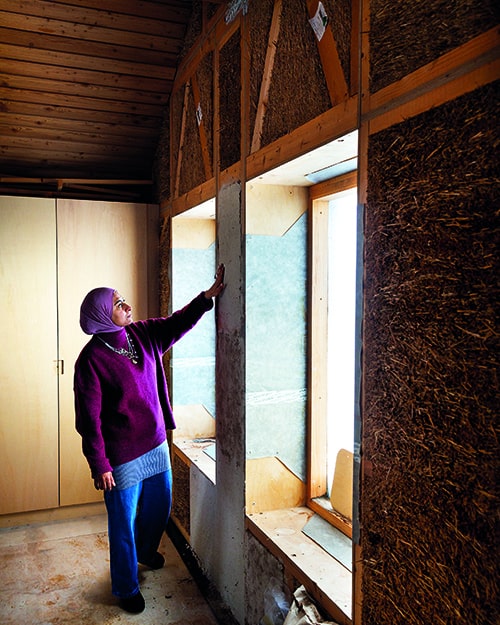
She applied for research funding to design temporary housing for refugees, a solution that was adaptable to different climates and that could also quickly and cost-effectively provide shelter to people who had been forced to flee their homes to safer places.
The result was a living-lab project, where seven refugees built a temporary home of 37 square meters in Brunnshög in Lund. Only two of them had previous training in painting and simple construction work.
“The others had no such skills. That was intentional because it is a do-it-yourself process.”
In the house, Marwa Dabaieh used old solutions and applied them in new ways, for example by building an earthen cellar under the house that acts as a refrigerator for storing food. She says the house is more energy efficient than a passive house.
It produces more renewable energy than it uses and is completely circular because only materials such as straw, reeds, clay and wood were used.
“When I show a practical example, things happen. The house in Brunnshög was a real game changer for me.”
The concept of the house has developed into something that Dabaieh calls the ”Z free home” and is about using what is available locally.
“There is great untapped potential for more local and bio-based materials in new buildings in Sweden. Take Skåne for example. Here you can use much more straw, reeds, seaweed and clay, at least the clay that cannot be used for agriculture,” she says.
The construction industry, which is known for being rather conservative, is currently putting a lot of resources into reducing its carbon dioxide emissions and developing new, more sustainable solutions.
Dabaieh says that a lot has happened in recent years, but things are still slow, both in terms of rule changes and in terms of education. Her advice to politicians is that they need to listen a little more to what is needed and talk a little less.
“There is a reason why we have two ears but only one mouth. We should use our ears more.”
Marwa Dabaieh also wants to highlight the need for new approaches in education, where more people could learn to think in the way she learned during her years in the desert.
“We need entire educational programmes where you learn the basics of how to build sustainably, not just the odd course here and there.”
She has been involved in developing a new bachelor’s programme at Malmö University, for which she will be the programme manager. It is called Sustainable Architecture and Urban Design and is intended to provide knowledge about buildings and the built environment from a social, political, economic and environmental perspective.
The new programme will also keep her in Sweden, or at least play a part in her staying here.
“Being part of creating a programme like this is one of my dreams, so I want to stay for at least a few more years and see how it develops.”
She loves to see the passion to try new things in the students she teaches. At the same time, it is not entirely easy as a teacher to talk about the unsustainable situation the planet and humanity are in.
“I usually say that I am sorry for the situation they inherited from previous generations, but that they still have to be involved and take responsibility. We have no choice but to try to change the situation. We have to try.”
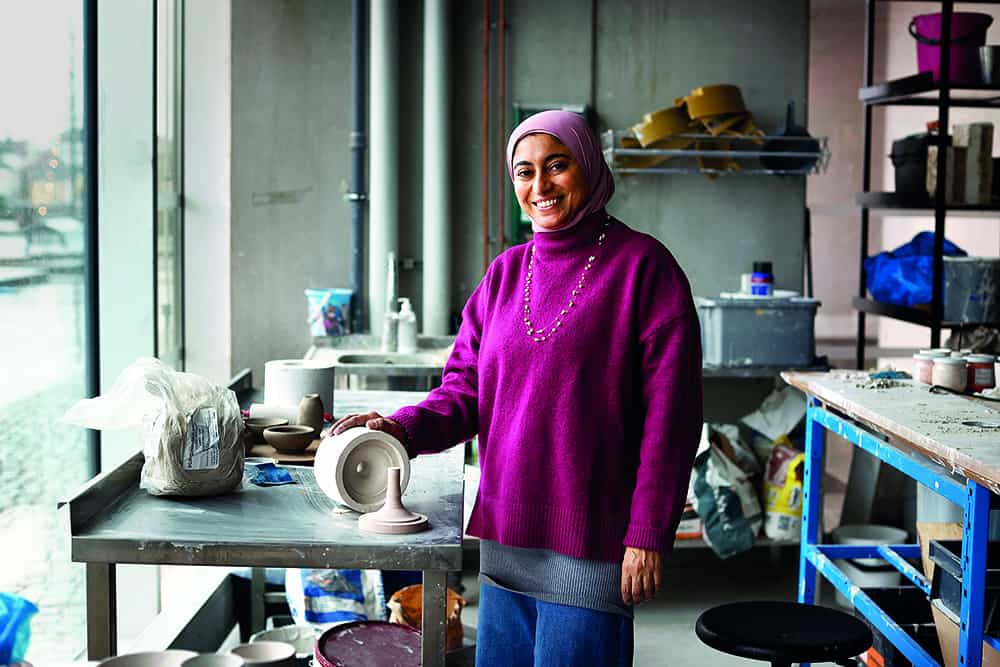
Dabaieh works together with two assistants. One of them works in Cairo, where she goes herself quite often, to what she describes as a ”fun lab”. Several of the solutions Marwa Dabaieh and her assistants are researching are tested on a roof in the Egyptian capital. Right now, the clay cooling system is being tested there.
“Here I play with different solutions. I work kind of backwards, you could say. Often, I produce a model first, then I research it,” she says.
There are obvious differences in how the innovations she works with will be applied in the two countries.
In Egypt, there is a need to cool buildings, while we usually need to heat them in Sweden, although those needs will also change over time due to the climate crisis. Heat waves during the summer also need to be taken into consideration when building in Sweden.
At the same time, there are many similarities in house building around the world, where the same principles can be used, although sometimes only in reverse.
Dabaieh has also studied Sami architecture and sees many similarities with the houses in the Egyptian desert.
“Our needs are mostly about protection from either heat or cold. Then there is a certain need for comfort, and some cultural norms and differences influence the architecture. But the fundamentals are the same.”
Dabaieh had originally intended to work in Egypt after her postdocs. The reason she returned to Sweden was that there were more resources to implement the project with the house in Brunnshög.
“That would have been much more difficult in Egypt,” she says.
Ways of conducting research differ between the different countries, she reflects.
“In Sweden, the workflow is ‘research and development’, but in Egypt the situation is usually more urgent, with housing problems and humanitarian crises. We need to find solutions faster and do not have time to spend years on different experiments and analysis, so development takes place parallel with research.”
Marwa Dabaieh feels that most things happen more slowly in Sweden.
“When I was working on the house in Brunnshög, my boss told me that I was the only one on the train right now, and that everyone else was sitting and waiting to see if it was safe enough to get on. Sometimes it gets a little lonely on the train, and to work to find solutions that are not common practice today.”
Marwa Dabaieh
Marwa Dabaieh is a 45-year-old architect, professor and docent. Her research focus is biogeometry and sustainable and environmentally conscious architecture.
In her free time, she enjoys archery , reading, playing tennis, yoga, swimming and pottery.
She received the Elna Bengtsson Foundation Prize for Scientific Research in 2012 for her doctoral project on folk architecture. She has had over 80 articles and five books published on the subjects of folk architecture, sustainable and environmental design, energy efficient buildings, zero emission design, carbon neutral architecture, sustainable conservation, design and construction using natural materials and biogeometry.
